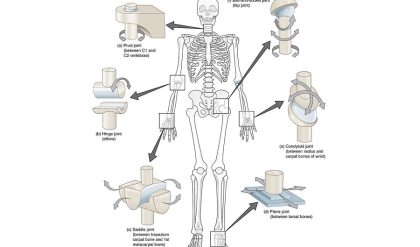One of the reasons why somebody might do strength training is to help reduce their risk of injury. But does it? Does strength training help reduce your chances of injury?
Below we explore official guidelines (on how to reduce your chances of injury), the role of strength training, other factors you might want to consider, finishing up with a model as to how to predict your likelihood of injury.
OFFICIAL GUIDELINES
The Australian Government provides guidelines on how much exercise you should do, but does it provide guidelines on how to reduce your chances of injury? It does, but much of it relates to:
· Workplace injury
· Motor vehicle related injury
· Slips and falls for elderly people
However, what we’re interested in is sports related injury. The Victorian Government makes some broad references to it in its public health and wellbeing plan (Public health and wellbeing planning, 2018) but nothing that you can do as an individual to reduce your chances of injury.
Interestingly neither Fitness Australia nor Sport Australia (AIS) had any relevant information on their websites. Nor the CDC (Centre for Disease Control & Protection) ‘the nation’s [U.S.A.] health protection agency (Centers for Disease Control and Prevention, 2019). Nor the American College of Sports Medicine (ACSM).
Note: The ACSM has ‘more than 50,000 members and certified professionals strong from 90 countries around the globe. Representing 70 occupations within the sports medicine field’ (American College of Sports Medicine, 2019).
More general resources including the Better Health (Better Health Channel, 2018) website, the American Academy of Orthopaedic Surgeons (2015) website and Sports Medicine Australia (2017) included, amongst other things, that incorporating strength training into an exercise routine could help to prevent injury.
However, I was after some more definitive statements. So, what does the research say? My hypothesis: strength training will help but it’s not quite as simple as that.
Laurensen, Bertelsen, & Anderson (2014) looked at feedback from 26,610 participants and concluded that:
· Strength training reduced sports injuries to less than 1/3 and overuse injuries could be almost halved.
Rössler, Donath, Verhagen, Junge, Schweizer & Faude (2014) looked at feedback from the other from 27,561 athletes, (median age 16.7 years) and suggested:
· The results provide good evidence and clearly demonstrate beneficial effects of exercise-based injury prevention programs in youth sports as they can result in statistically significant and practically relevant injury reduction. (Rössler et al., 2014).
So, it looks like strength training helps, but as the below paper asks, why?
· Compared with normative practices or control, IPPs (injury prevention programs) significantly reduced IRRs (injury rate ratio) in adolescent team sport contexts. The underlying explanations for IPP efficacy remain to be accurately identified’ (Soomro, Sanders, Hackett, Hubka, Ebrahimi, Freeston & Cobley, 2016).



